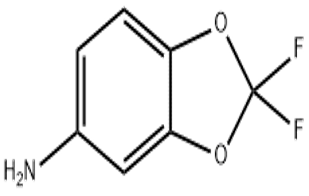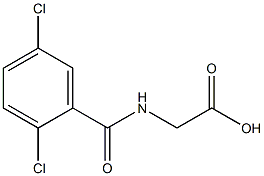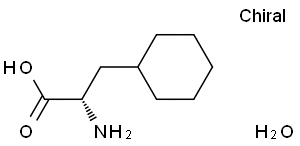2,2-Difluoro-5-aminobenzodioxole (CAS# 1544-85-0)
Risk and Safety
| Risk Codes | R20/21/22 – Harmful by inhalation, in contact with skin and if swallowed. R36/37/38 – Irritating to eyes, respiratory system and skin. R52 – Harmful to aquatic organisms R43 – May cause sensitization by skin contact R36 – Irritating to the eyes |
| Safety Description | S26 – In case of contact with eyes, rinse immediately with plenty of water and seek medical advice. S36/37/39 – Wear suitable protective clothing, gloves and eye/face protection. S36/37 – Wear suitable protective clothing and gloves. |
| UN IDs | 2811 |
| WGK Germany | 3 |
| Hazard Note | Toxic |
| Hazard Class | 6.1 |
| Packing Group | III |
Introduction
AFBX is a colorless crystalline solid. Its melting point is about 260-261 degrees Celsius. It is stable at room temperature and can be dissolved in regular solvents.
Use:
AFBX is mainly used as an intermediate for pesticides and herbicides. It has good insecticidal and herbicidal activity and can be used against a variety of pests and weeds. In addition, it can also be used as a plant growth regulator in the agricultural field.
Method:
The synthesis of AFBX can be obtained by the reaction of 2,2-difluoro -1,3-benzobisoxazole with ammonia. The reaction is generally carried out at high temperature, and the reaction system can be protected by nitrogen or other inert gas. Specific synthetic methods also involve a series of chemical steps, including the choice of reaction conditions and catalysts.
Safety Information:
AFBX is relatively safe under the correct conditions of use and storage. However, it is a chemical substance, so it must comply with some safety procedures. Appropriate protective equipment such as lab gloves, goggles and lab coats should be used when handling and touching AFBX. Avoid contact with skin, eyes and respiratory tract. If there is contact, rinse with water immediately. At the same time, the use and disposal of AFBX must comply with local regulations and guidelines.








